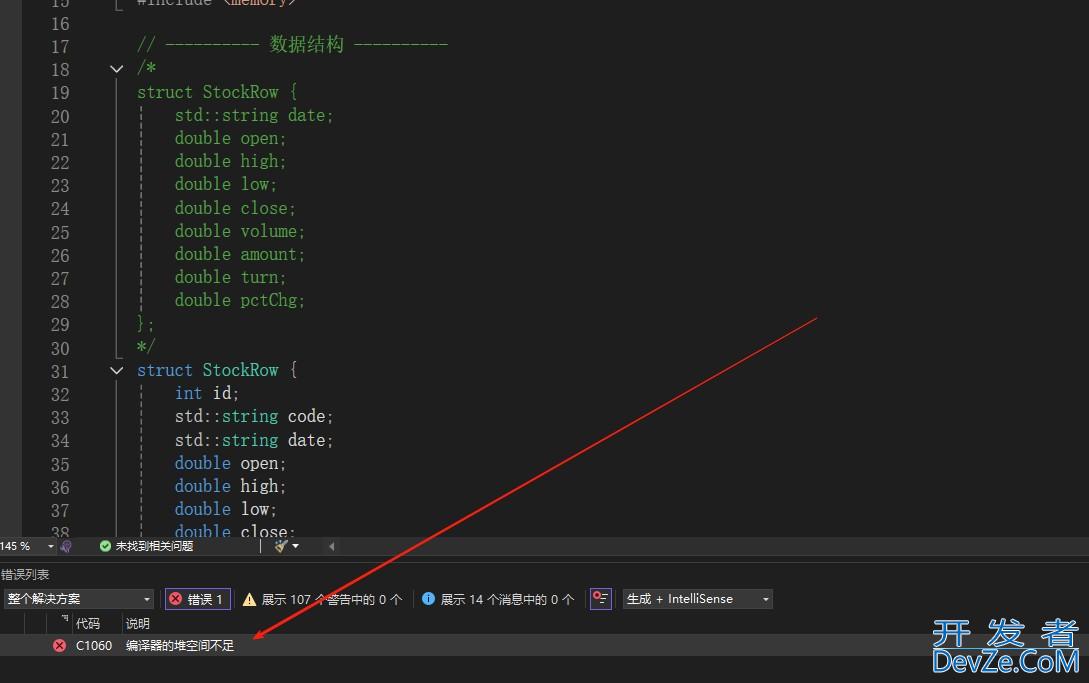python linecache读取行更新的实现
模块的作用是:允许从任何文件里得到任何一行或几行,并且使用缓存进行优化。
有几个API接口
linecache.getlines(filename)
从名为filename的文件中得到全部内容,输出为列表格式,以文件每行为列表中的一个元素,并以linenum-1为元素在列表中的位置存储linecache.getline(filename,lineno)
从名为filename的文件中得到第lineno行。这个函数从不会抛出一个异常–产生错误时它将返回”(换行符将包含在找到的行里)。如果文件没有找到,这个函数将会在sys.path搜索。linecache.clearcache()
清除缓存。如果你不再需要先前从getline()中得到的行linecache.checkcache(jsfilename)
检查缓存的有效性。如果在缓存中的文件在硬盘上发生了变化,并且你需要更新版本,使用这个函数。如果省略filename,将检查缓存里的所有条目。linecache.updatecache(filename)
更新文件名为filename的缓存。如果filename文件更新了,使用这个函数可以更新linecache.getlines(filename)返回的列表。用法说明
# 1、获取a.txt文件的内容
>>> a=linecache.getlines('C:/Users/yuan/Desktop/a.txt')
['1a\n', '2b\n', '3c\n', '4d\n', '5e\n', '6f\n', '7g\n']
# 2、获取a.txt文件中第1-4行的内容
>>>开发者_JS学习; a=linecache.getlines('C:/Users/yuan/Desktojsp/a.txt')[0:4]
>>> a
['1a\n', '2b\n', '3c\n', '4d\n']
# 3、获取a.txt文件中第4行的内容
>>> a=linecache.getline('C:/Users/yuan/Desktop/a.txt',4)
>>>> a
'4d\n'
更新行缓存问题
使用linecache.getlines(filename)或linecache.getline(filename)打开文件的内容之后,如果a.txt文件发生了改变,但是如你再次用linecache.getlines或linecache.getline获取的内容,不是文件的最新内容,还是之前的内容,因为缓存没有更新,此时有两种方法:
1、使用linecache.checkcache(filename)来更新文件在硬盘上的缓存,然后在执行linecache.getlines(‘a.txt’)就可以获取到a.txt的最新内容;
2编程客栈、直接使用linecache.updatecache(filename),即可获取最新的a.txt的最新内容,但此函数读取返回的是全文。
3、直接每次在linecache.getlines或linecache.getline后使用linecache.clearcache()清理缓存。
另:读取文件之后你不需要使用文件的缓存时需要在最后清理一下缓存,使linecache.clearcache()清理缓存,释放缓存。
这个模块是使用内存来缓存你的文件内容,所以需要耗费内存,打开文件的大小和打开速度和你的内存大小有关系。
import linecache
for i in range(4)php:
linecache.checkcache('C:/Users/yuan/Desktop/cpucheck.txt') # 更新缓存
# text = linecache.updatecache('C:/Users/liyuan/Desktop/cpucheck.txt', 4)
text = linecache.getline('C:/Users/yuan/Desktop/cpucheck.txt', 3) # 读取第三行
print(text)
linecache.clearcache() # 清空、释放缓存
到此这篇关于python linecache读取行更新的实现的文章就介绍到这了,更多相关python linecache更新OKdBcP行内容请搜索我们以前的文章或继续浏览下面的相关文章希望大家以后多多支持我们!






 加载中,请稍侯......
加载中,请稍侯......
精彩评论